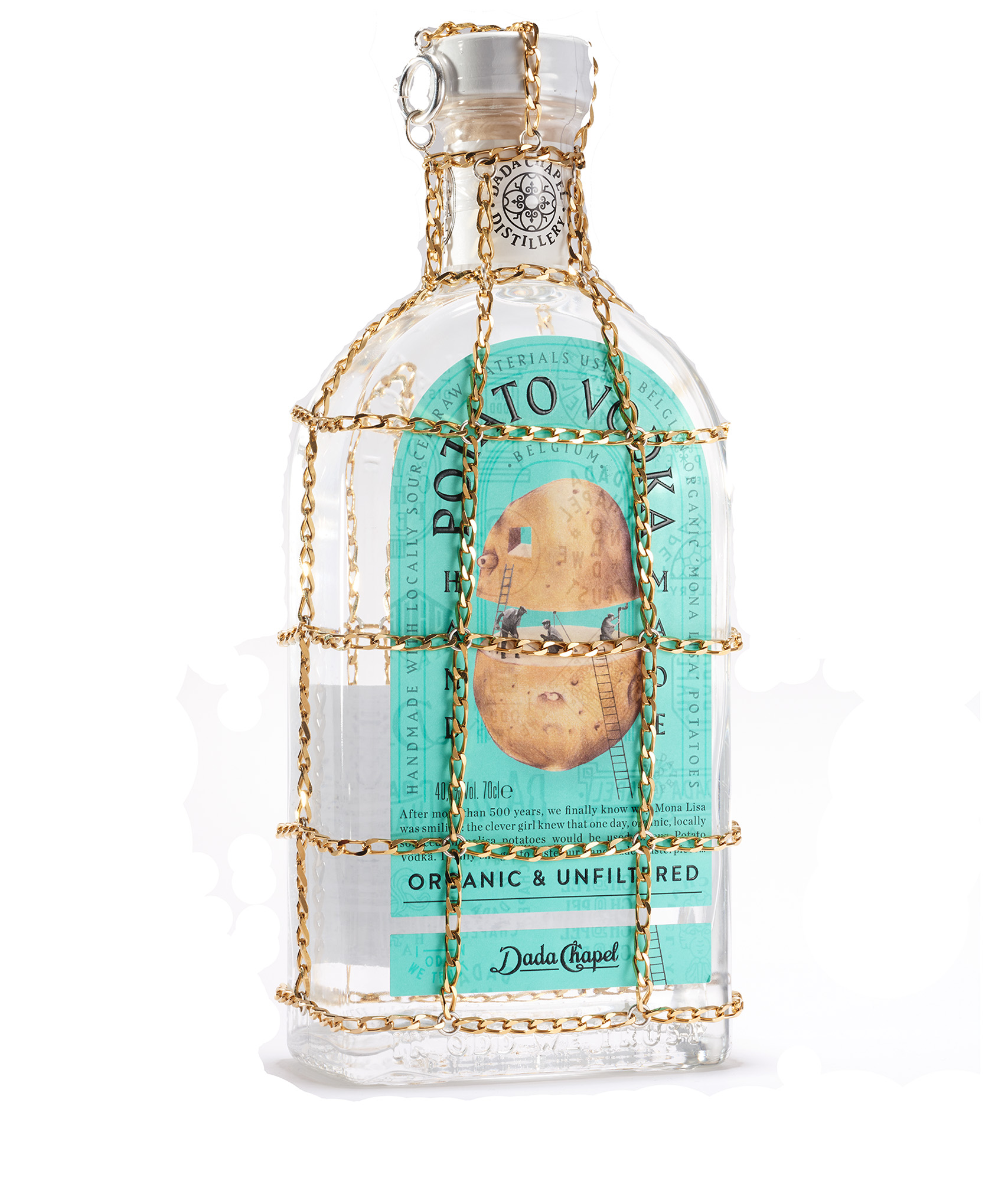
La muse DADA CHAPEL DISTILLERY
Erato, the muse of lyric and erotic poetry, is often depicted with a golden arrow received from Eros or Cupid, a sign of the emotion that inspires her. Artist biography Provenance Citations Related content Cite this page See also Collection: Mod Euro - Painting 1800-1960 Department: Modern European Painting and Sculpture Type of artwork: Painting
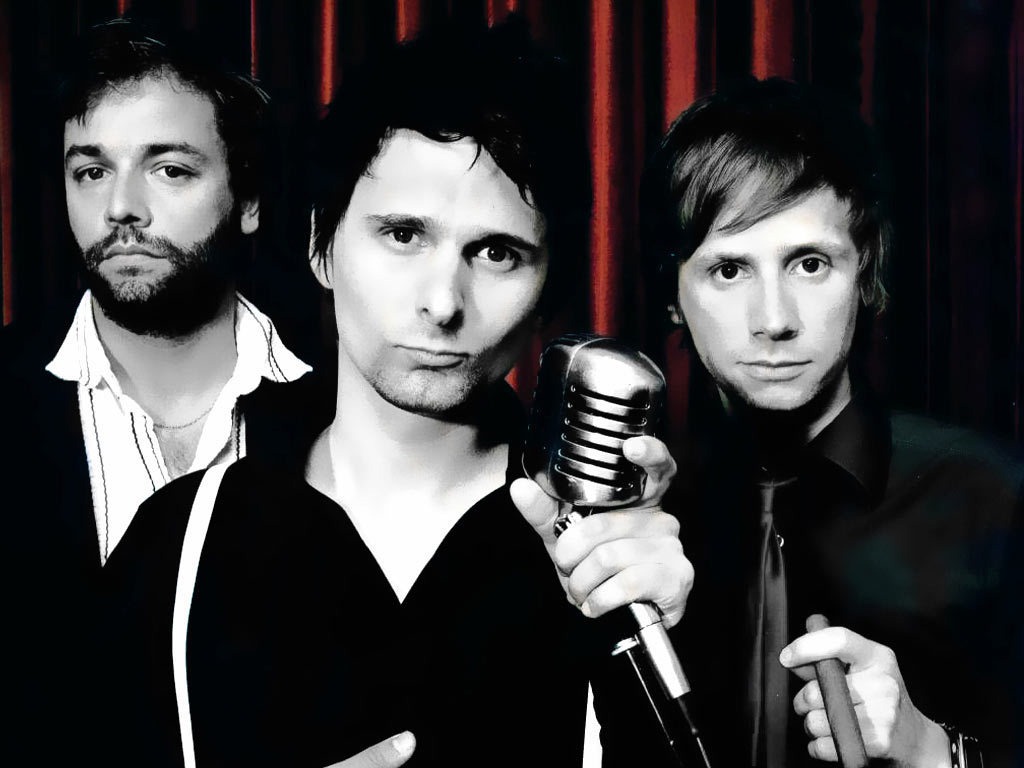
New Muse Single Is… Meh Them's Fightin' Words Them's Fightin' Words
The Crossword Solver found 30 answers to "Muse of lyric poetry", 7 letters crossword clue. The Crossword Solver finds answers to classic crosswords and cryptic crossword puzzles. Enter the length or pattern for better results. Click the answer to find similar crossword clues . Enter a Crossword Clue Sort by Length # of Letters or Pattern Dictionary

Muse S review TechRadar
Euterpe was one of the nine Muses, the goddesses of music, song and dance. In the Classical era, when the Muses were assigned specific literary and artistic spheres, Euterpe was named Muse of lyric poetry. Her attribute was the double-flute. Euterpe's name was derived from the Greek words eu- and terpô, meaning giver of much delight.

Erato Muse of Lyrical Poetry Acrylic Print by Charles Meynier
The Muse of Lyric Poetry and the Poet's Fears: Understanding the Creative Process. Erato is also known for her ability to inspire creativity and artistic expression in others. As the muse of.
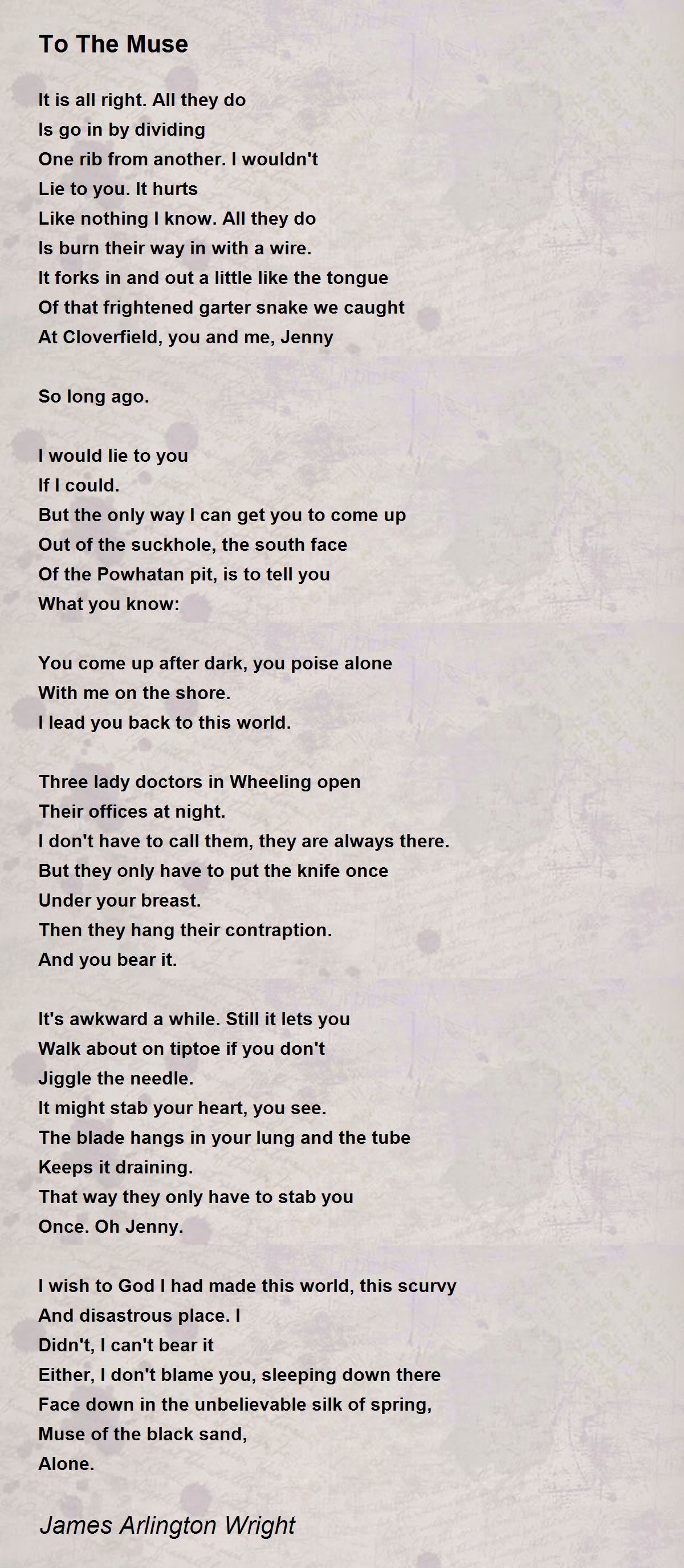
To The Muse Poem by James Arlington Wright Poem Hunter
3. Erato: Muse of Lyric and Love Poetry. Erato, meaning "lovely" or "beloved", was the Muse of lyric poetry, especially love and erotic poetry. She is usually depicted with a wreath of myrtle and roses and holding a kithara (lyre) or a golden arrow. Erato has also been shown accompanied by Cupid or by Eros holding a torch.

MUSE OF LYRICAL POETRY Creative Fisheries
Muses Muse, perhaps Clio, reading a scroll (Attic red-figure lekythos, Boeotia, c. 430 BC) In ancient Greek religion and mythology, the Muses ( Ancient Greek: Μοῦσαι, romanized : Moûsai, Greek: Μούσες, romanized : Múses) are the inspirational goddesses of literature, science, and the arts.

Polyhymnia, Muse of Eloquence; Erato, Muse of Lyrical Poetry; Apollo, God of Light, Stock Photo
Who Were the 9 Greek Muses? The Muses have inspired art throughout the ages By N.S. Gill Updated on March 17, 2019 The Muses were the daughters of Zeus, king of gods, and Mnemosyne, goddess of memory. They were born after the pair lay together for nine nights in a row.

To The Muse Of Poetry To The Muse Of Poetry Poem by Mary Darby Robinson
October 23, 2023 Table of Contents In Greek mythology, Euterpe was one of the Nine Muses, the minor goddesses who inspired and guided mortals to excel in the arts and sciences. Euterpe presided over lyric poetry and she also influenced song and music. Euterpe muse, CC0 Who Was Euterpe?

Erato Muse of Lyrical Poetry Acrylic Print by Charles Meynier
Luigi Cherubini and the Muse of Lyric Poetry is an 1842 oil-on-canvas allegorical portrait of Luigi Cherubini by Jean-Auguste-Dominique Ingres and his then-pupil Henri Lehmann. It was bought from Ingres for 8,000 francs by Louis-Philippe I using civil list money in June 1842 and given to the musée du Luxembourg, before being moved in 1874 to the Louvre Museum, in whose collections it still.

Poetry Erato Photos Free & RoyaltyFree Stock Photos from Dreamstime
Erato is the Muse of lyric poetry, particularly erotic poetry, and mimic imitation. In the Orphic hymn to the Muses, it is Erato who charms the sight. Since the Renaissance she has mostly been shown with a wreath of myrtle and roses, holding a lyre, or a small kithara, a musical instrument often associated with Apollo. [2]
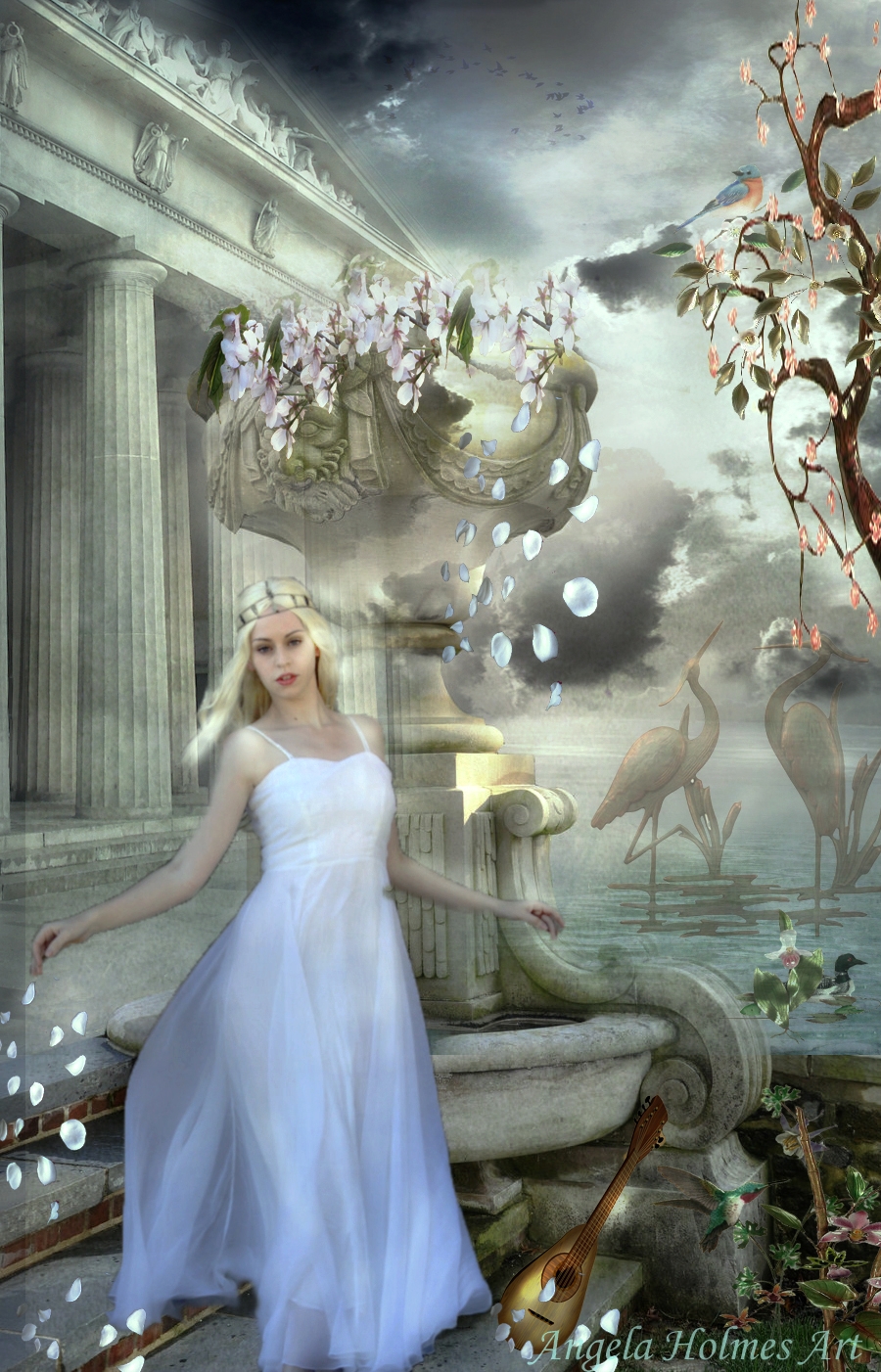
Erato Muse of Lyrical Poetry by designdiva3 on DeviantArt
Erato: Muse of lyric and love poetry (often playing a lyre). Euterpe: Muse of music or flutes (often playing flutes). Melpomene: Muse of tragedy (often holding a tragic mask). Polymnia: Muse of sacred poetry or of the mimic art (often shown with a pensive look). Terpsichore: Muse of dancing and choral song (often shown dancing and holding a lyre).

Antonio Canova, "Terpsichore, Muse of Lyric Poetry," 1812 Flickr
Family and Dwelling Places Hesiod says that the Muses were daughters of Zeus and the Titaness Mnemosyne, the Goddess of Memory; most authors seem to agree with him.However, two ancient lyric poets, claim otherwise: according to Theognis, their father was indeed Zeus, but their mother was actually Harmonia, while according to Alcman, the Muses were, in fact, daughters of Uranus and Gaea.
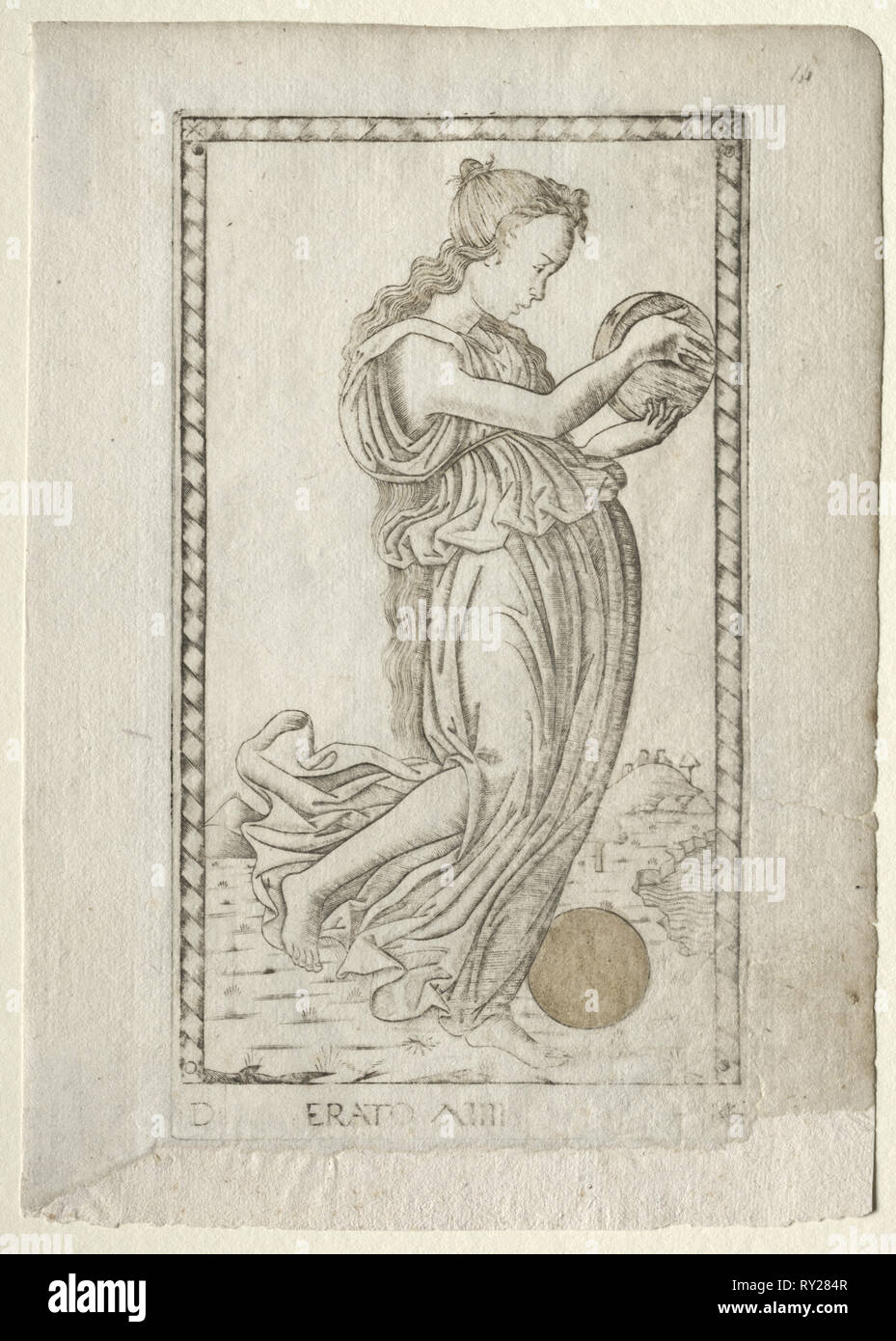
Erato lyric poetry hires stock photography and images Alamy
Cleio, the Muse of history, appears in a sitting attitude, with an open roll of paper, or an open chest of books; 3. Euterpe, the Muse of lyric poetry, with a flute; 4. Melpomene, the Muse of tragedy, with a tragic mask, the club of Heracles, or a sword, her head is surrounded with vine leaves, and she wears the cothurnus; 5.

Heart and Sole The TightRhymed Fourteener Couplet (poetry)
H. Abrams, for example, defines it as: 'any fairly short poem, consisting of an utterance by a single speaker, who expresses a state of mind or a process of perception, thought and feeling' (1993, pp. 108-9). Abrams's definition focuses on the 'I' of the lyric poem, the speaker, but the 'you' or addressee plays an important role as well.

Disappearing Act Cleveland Museum of Art
muse of lyrical poetry Crossword Clue The Crossword Solver found 30 answers to "muse of lyrical poetry", 5 letters crossword clue. The Crossword Solver finds answers to classic crosswords and cryptic crossword puzzles. Enter the length or pattern for better results. Click the answer to find similar crossword clues . Enter a Crossword Clue
Song Lyric Quotes In Text Image Unintended Muse Song Quote Image
What are the 9 Muses and What Do They Represent? The nine Muses are ancient Greek personifications of the arts and knowledge. It is believed that without them, there would be a distinct lack of creation and discovery made by humankind. When all is said and done, it was the Muses that enabled inspiration.